Fricile, restrictiile si limitarile sanitare, legale, economice, fizice, psihice si emotionale cu care ne confruntam de 5 luni incoace, de cand incercam sa traim in pandemie, ne-au facut sa privim mult mai atent si constient in jur si sa (re)descoperim altfel viata de zi cu zi. Asa ca am evadat in oaza verde si salbatica din mijlocul Bucurestiului, Parcul Natural Vacaresti, intr-o excursie de aproape o zi, pe poteci de pamant batatorit prin poienite cu flori de campie, intercalate intre balti cu stuf si fauna caracteristica deltei, care i-au adus implicit celalalt nume, “Delta Bucurestiului”.
De data aceasta, reconfigurarea prezentului si a micilor sale bucurii a insemnat pentru mine si o incursiune in trecut, mai exact in luna mai 2012, cand, marketing manager al revistei National Geographic, scriam primul comunicat de presa ce anunta fantasticul si unicul ecosistem creat de natura in mijlocul capitalei Romaniei.
Groapa Vacaresti, cum ii spuneam atunci noi, cei din redactie si specialistii reuniti in jurul subiectului, era o bijuterie naturala extrem de rara pe mapamond, de aceea anuntul a fost simultan completat de initiativa echipei National Geographic România de a înființa un parc natural în mijlocul orașului. Ulterior subiectul a fost preluat de mai toată presa și, după multe acțiuni de presiune publică și dezbateri, Parcul Natural Văcărești a devenit, în mai 2016, protejat prin lege.
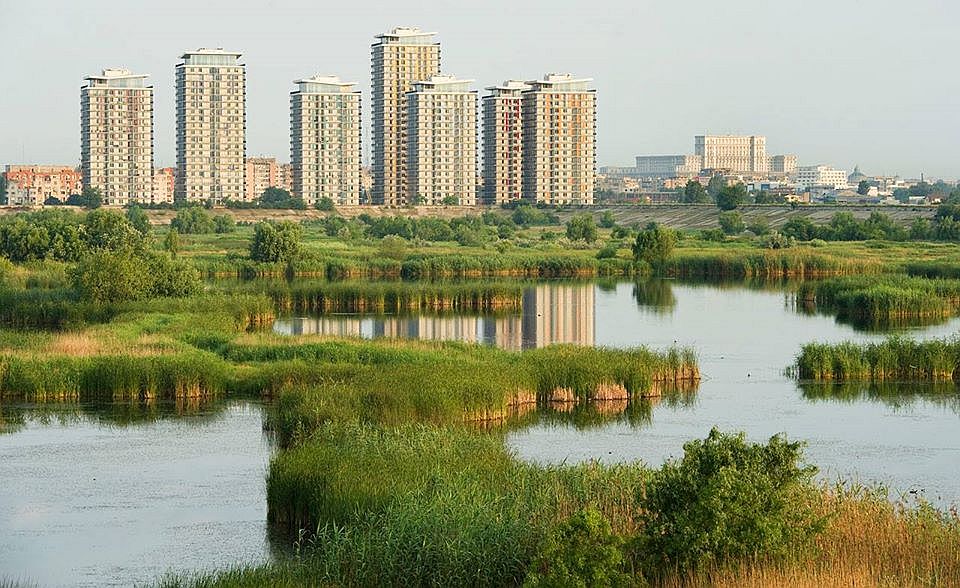
Photo by Helmut Ignat
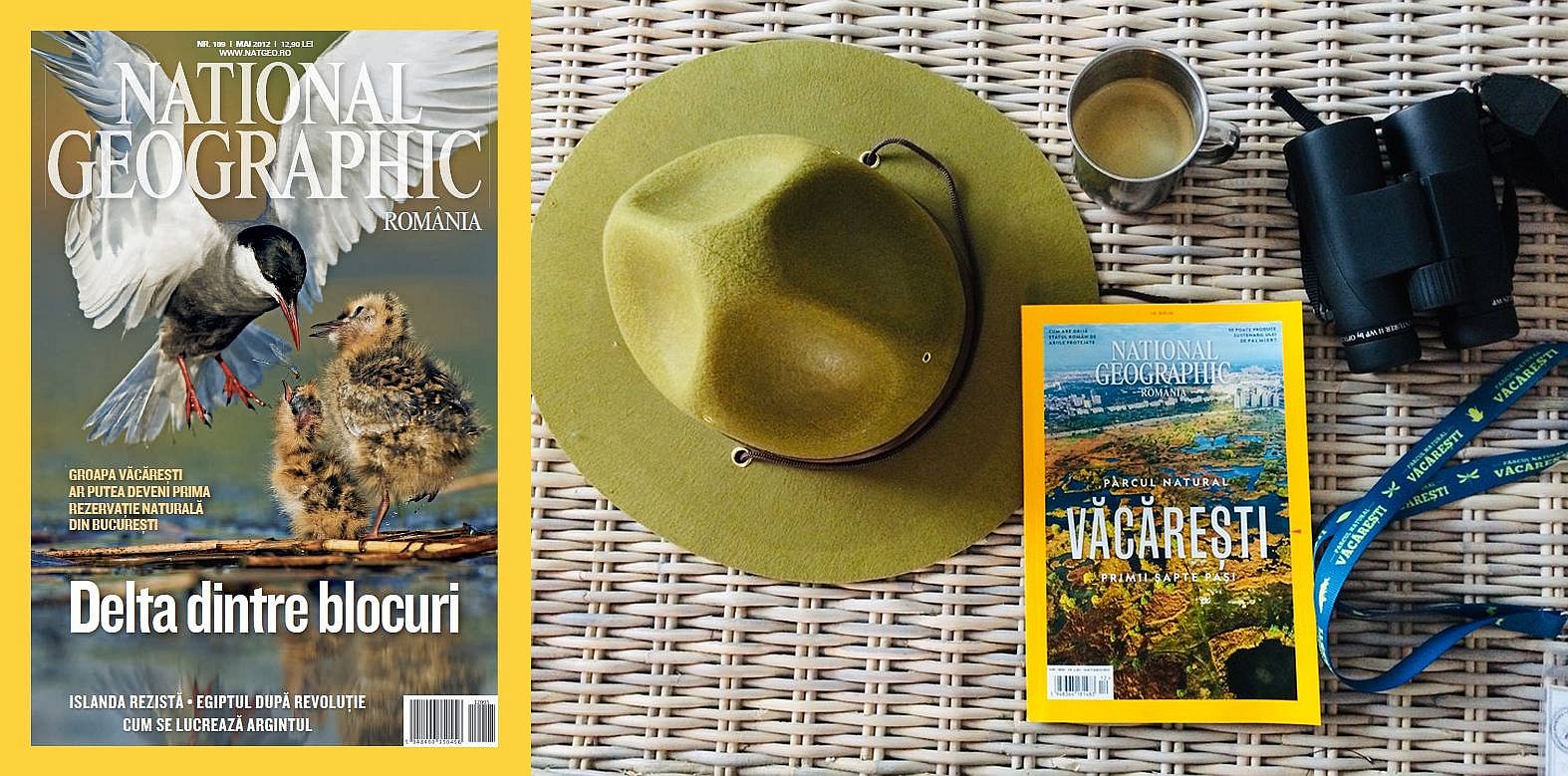
”Un teritoriu de 190 hectare din centrul Bucureștiului a devenit o mică deltă. Un labirint de canale, ghioluri, lacuri, desișuri de stuf găzduiesc o faună bogată, între care multe specii protejate pe plan european. Natura a dăruit bucureștenilor o zonă umedă cu un ecosistem viguros și bogat, este părerea biologilor care au studiat-o, a fotografilor care ne-au adus excelente trofee de vânătoare cu teleobiectivul. Mai mult decât realizarea unui articol, revista National Geographic România se alătură unui demers pentru constituirea în Groapa Văcărești a unei rezervații urbane, loc de recreere, educație și cultură a naturii, și totodată atracție turistică” declara, în 2012, Cristian Lascu, redactor-sef al revistei si actualmente membru fondator al Parcului Natural Vacaresti.
Astfel, terenul imens din mijlocul Bucureștiului abandonat de ingineri si guvernul comunist în 1988 în spatele unui zid de beton, după ce proiectul de construire a lacului artificial eșuase, si-a cladit propria viata si poveste, devenind un cadou viu si verde daruit comunitatii urbane.
Uniunea Internationala pentru Conservarea Naturii (IUCN) a recunoscut foarte clar valoarea Parcului Vacaresti din punct de vedere al biodiversității și al valenței educaționale, plasandu-l ca extindere peste parcurile naturale din Londra si Berlin, precum si prin prisma varietatii ecosistemului acestuia: 331 specii de plante, 150 de specii de pasari, 111 specii de insecte, 13 specii de mamifere, 12 specii de moluste, 7 specii de pesti, 5 specii de reptile si multe altele.
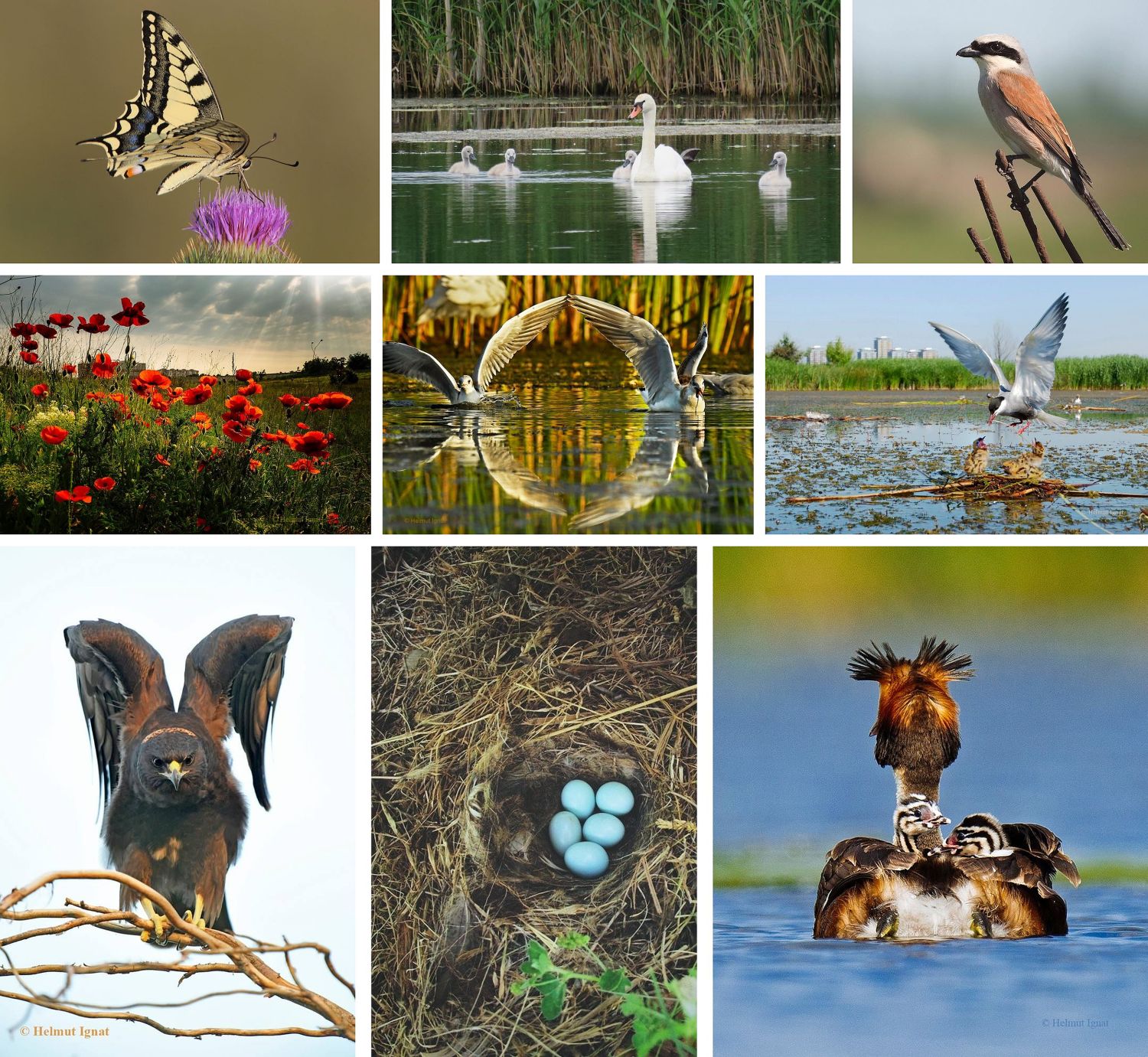


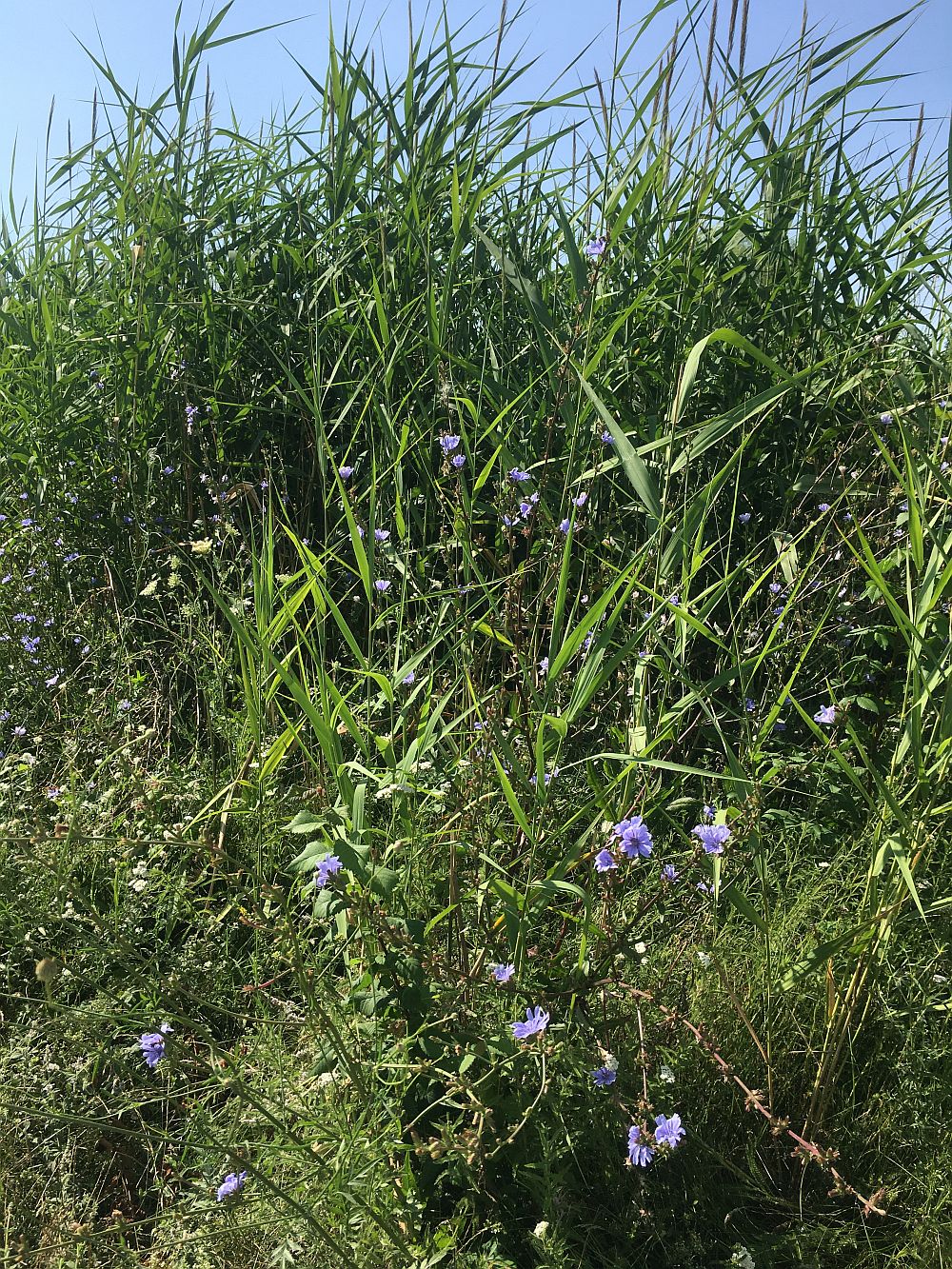

Revenind la excursia spontana, am ales sa coboram in parc prin intrarea principala, cea din spatele complexului Asmita Gardens si am mers pe “Poteca Biodiversitatii Urbane”, care este de fapt primul traseu tematic, reunind majoritatea habitatelor. Traseul are in jur de 2.5 kilometri si pe parcursul drumului am gasit numeroase panouri cu imagini si informatii despre cele 7 zone tematice: păsările de zăvoi, pasarile de apă, pești și celelalte viețuitoare care trăiesc în apă, spațiul dedicat reptilelor, amfibienilor și mamiferelor, zona dedicată vidrei și cea aferenta peisajului și arborilor.
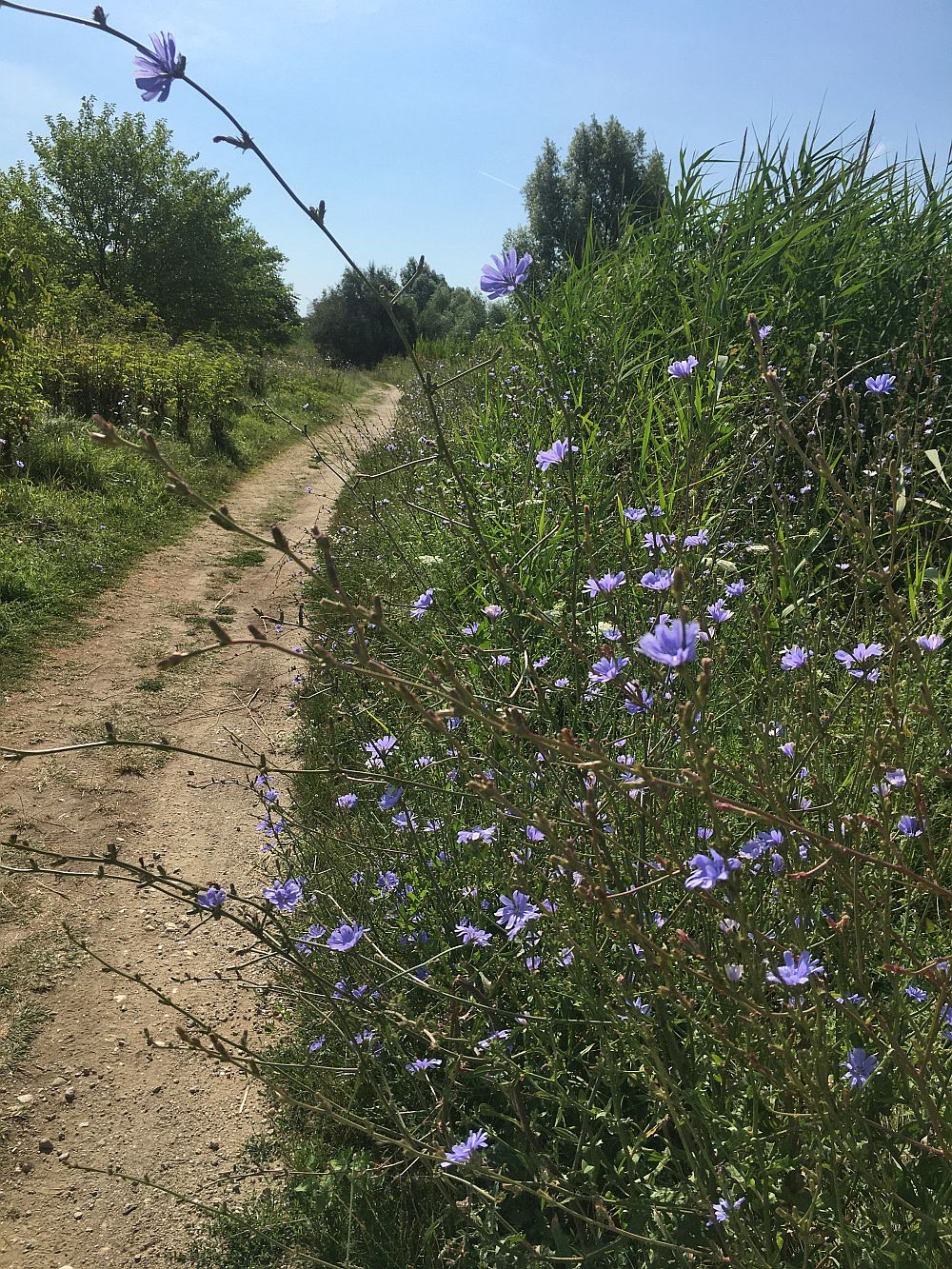
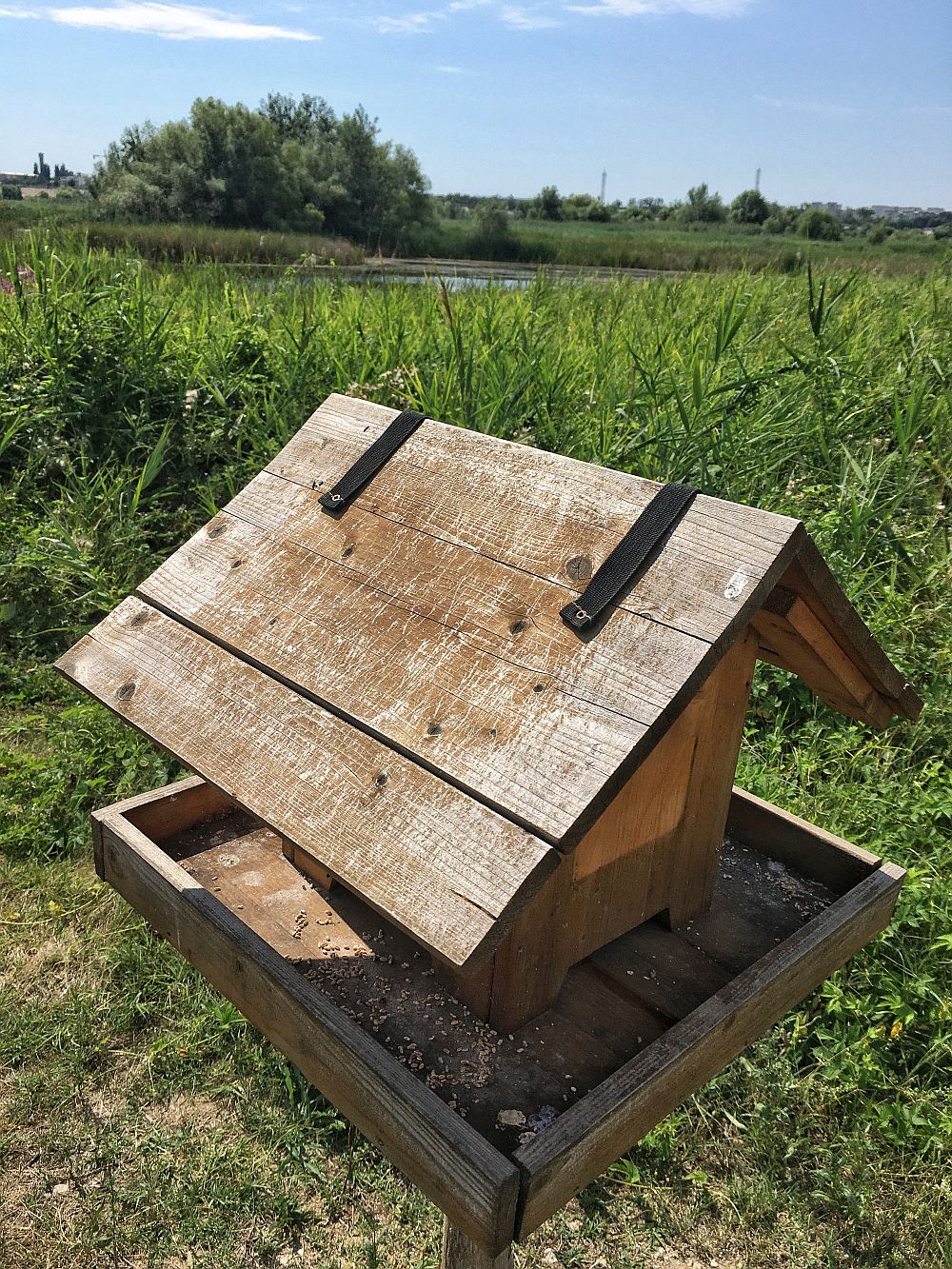
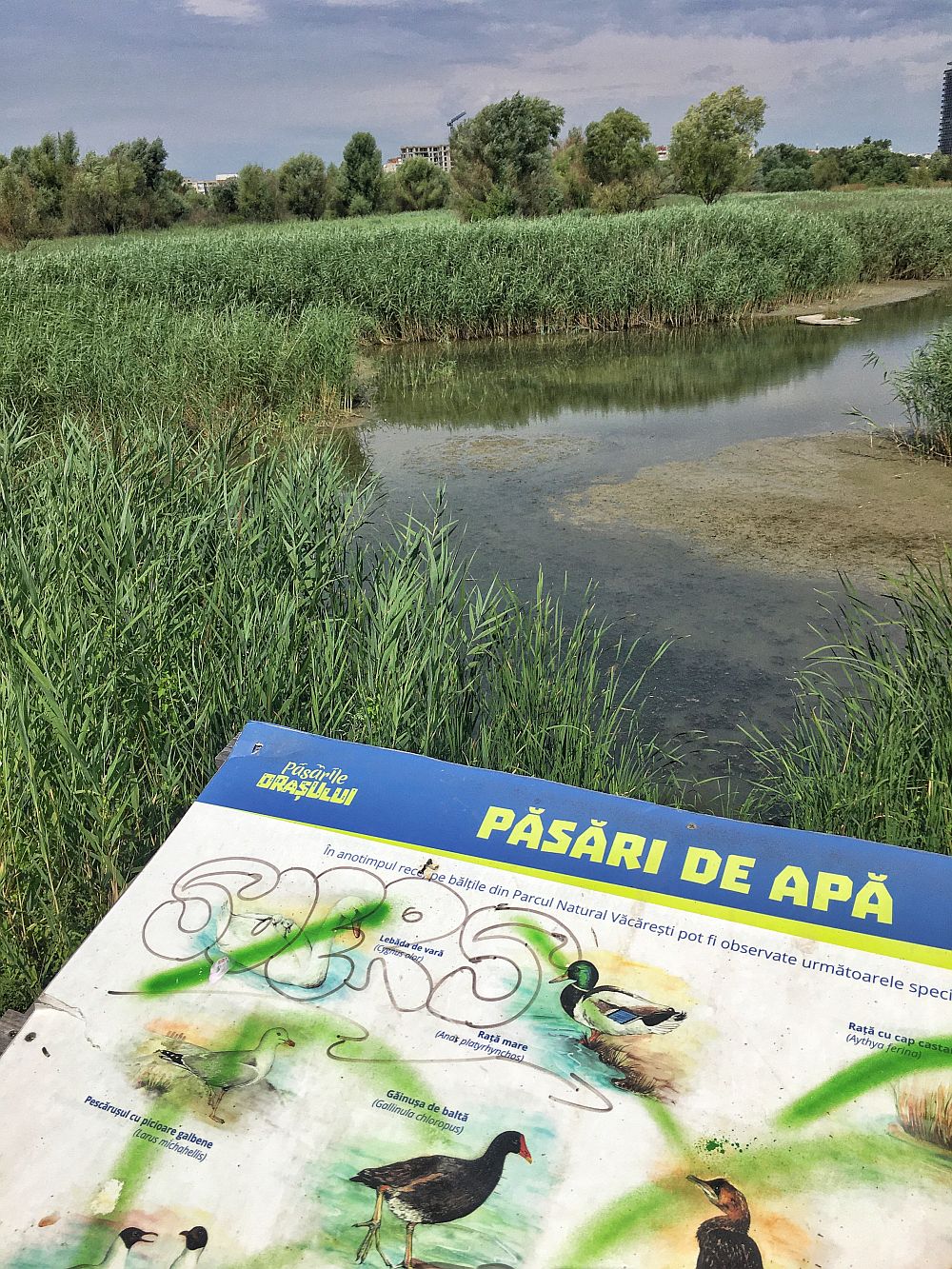

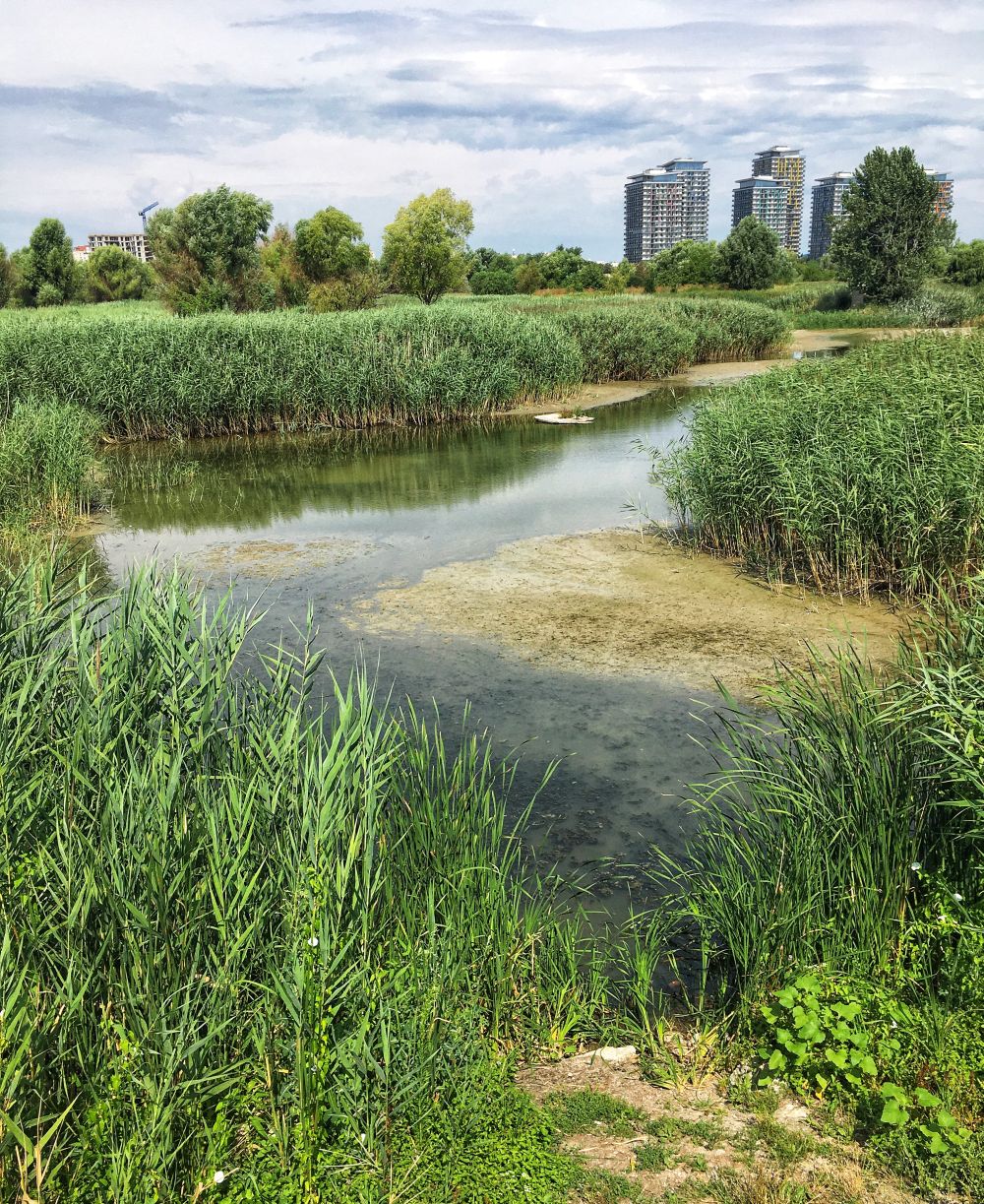
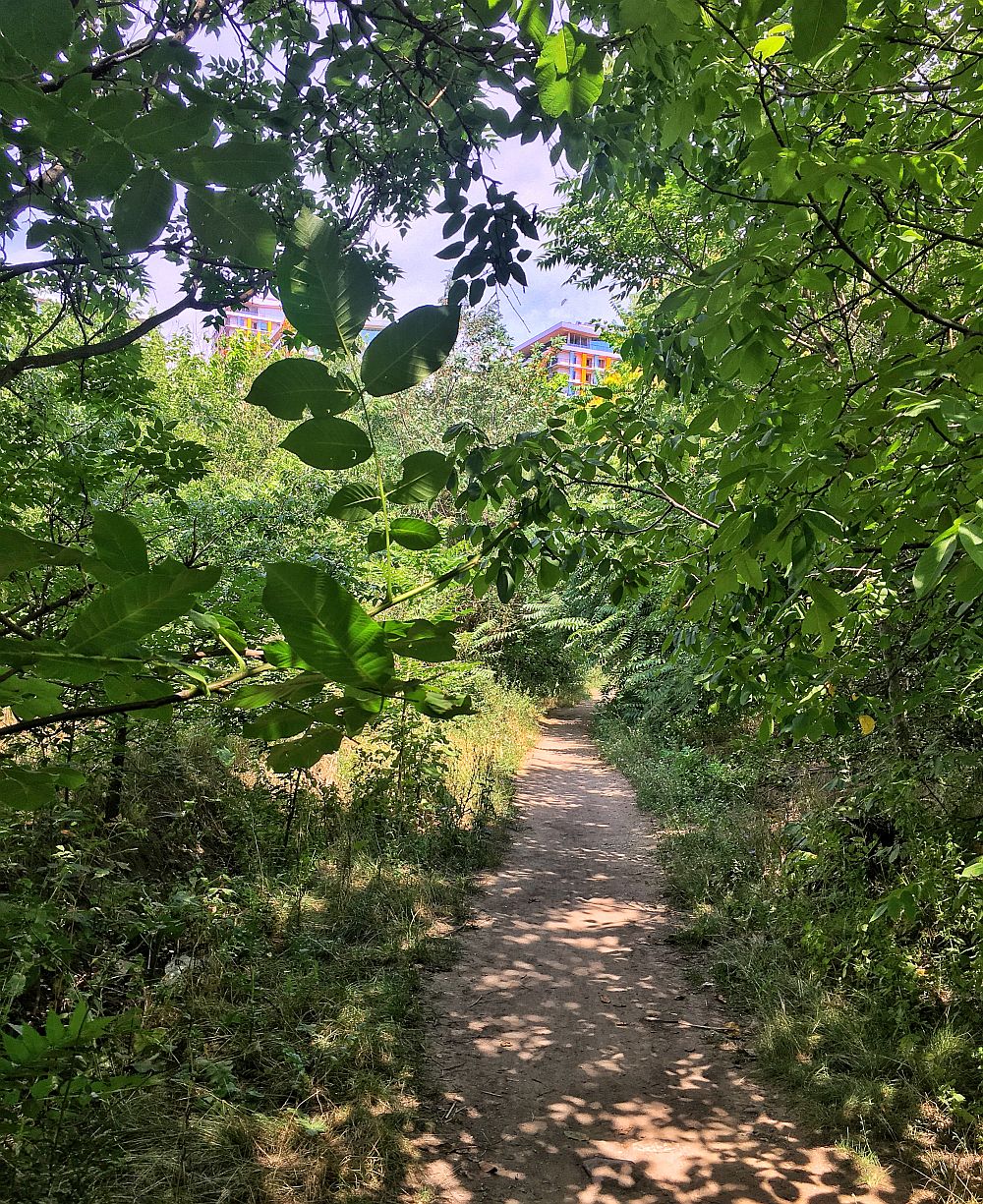
Bodiversitatea ecosistemului se simte la fiecare pas, caci dupa poienitele cu vegetatie de campie, miros de flori mici si viu colorate, fluturi si albine ce roiesc intr-o veselie, am intrat in zona de apa, stuf si mlastina, care din nou converge catre zona de campie si iarasi inapoi catre balti. Faptul ca prima jumatate a anului a fost extrem de secetoasa, cu ploi putine si aproape fara zapada, se resimte si in parc, zonele umede fiind mult diminuate fata de alti ani, cele uscate castigand din ce in ce mai mult teren.
Parcul Natural Vacaresti este cu siguranta un loc de vizitat, avand o valoare naturală intrinsecă, dar, în același timp, și o valoare pentru comunitate. Vegetatia variata si bogatia naturala asigura un ambient mai curat si nepoluat, prin filtrarea aerului, a apei, reglarea temperaturii, captarea apelor pluviale, până la adevarate servicii sociale, culturale și educaționale pentru comunitate.
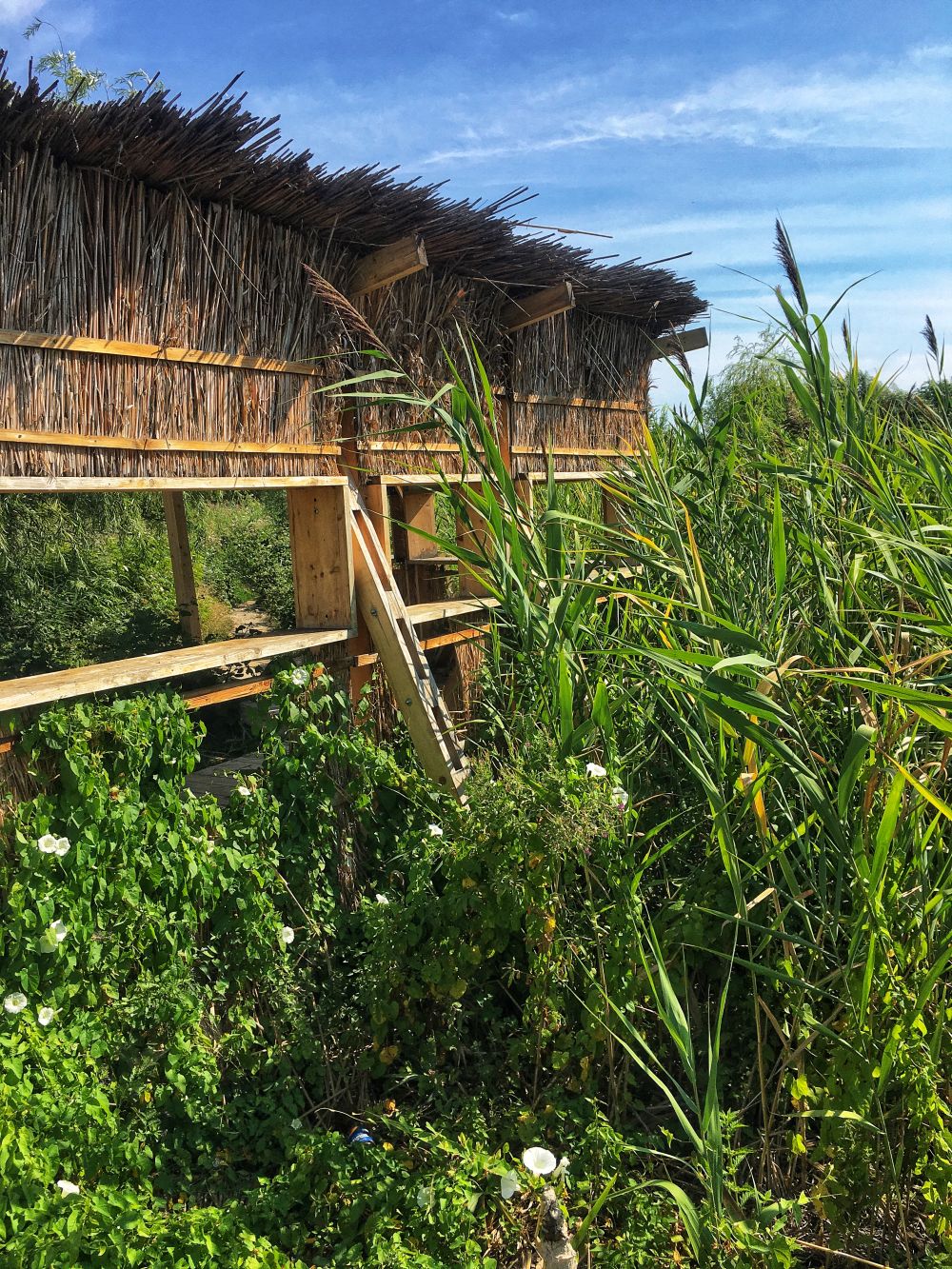

English version:
The health, legal, economic, physical, mental and emotional fears, restrictions and limitations we have been facing for 5 months now, since we are trying to live in a pandemic, have made us look around more carefully and consciously and rediscover everyday life differently. This is how I escaped in the green and wild oasis in the middle of Bucharest, Vacaresti Natural Park, in an excursion of almost a day, on dirt paths beaten by meadows with plain flowers, interspersed between reed ponds and the fauna characteristic of the delta, which implicitly brought it the other name, “Bucharest Delta”.
This time, the reconfiguration of the present and its small joys meant for me a foray into the past, more precisely in May 2012, when, marketing manager of National Geographic magazine, I wrote the first press release announcing the fantastic and unique ecosystem created by nature in the middle of the Romanian capital.
“The Vacaresti Pit”, as we, the editorial staff and the specialists gathered around the subject, called it, was an extremely rare natural jewel in the world, so the announcement was simultaneously completed by the initiative of the National Geographic Romania team to set up a natural park in the middle of city. Subsequently, the subject was taken over by most of the press and, after many actions of public pressure and debates, the Văcărești Natural Park became, in May 2016, protected by law.
“A territory of 190 hectares in the center of Bucharest has become a small delta. A labyrinth of canals, gullies, lakes, reed thickets host a rich fauna, including many protected species in Europe. Nature has given the people of Bucharest a wetland with a vigorous and rich ecosystem; it is the opinion of the biologists who studied it, of the photographers who brought us excellent hunting trophies with the telephoto lens. More than the creation of an article, National Geographic Romania magazine joins an approach for the establishment in Văcărești Pit of an urban reservation, place of recreation, education and nature culture, and also a tourist attraction” – declares, in 2012, Cristian Lascu, Editor-in-Chief of the magazine and currently a founding member of the Vacaresti Natural Park.
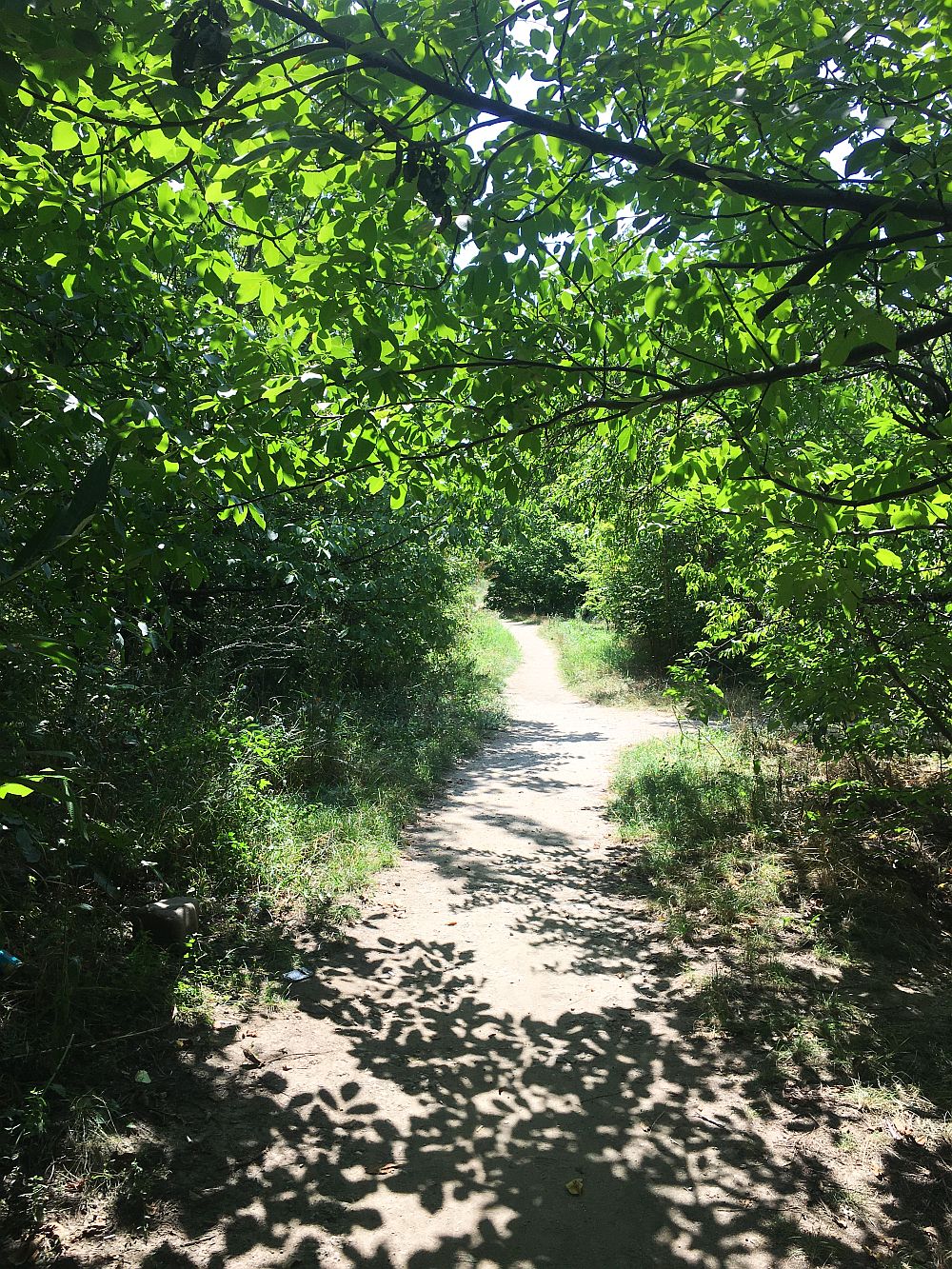

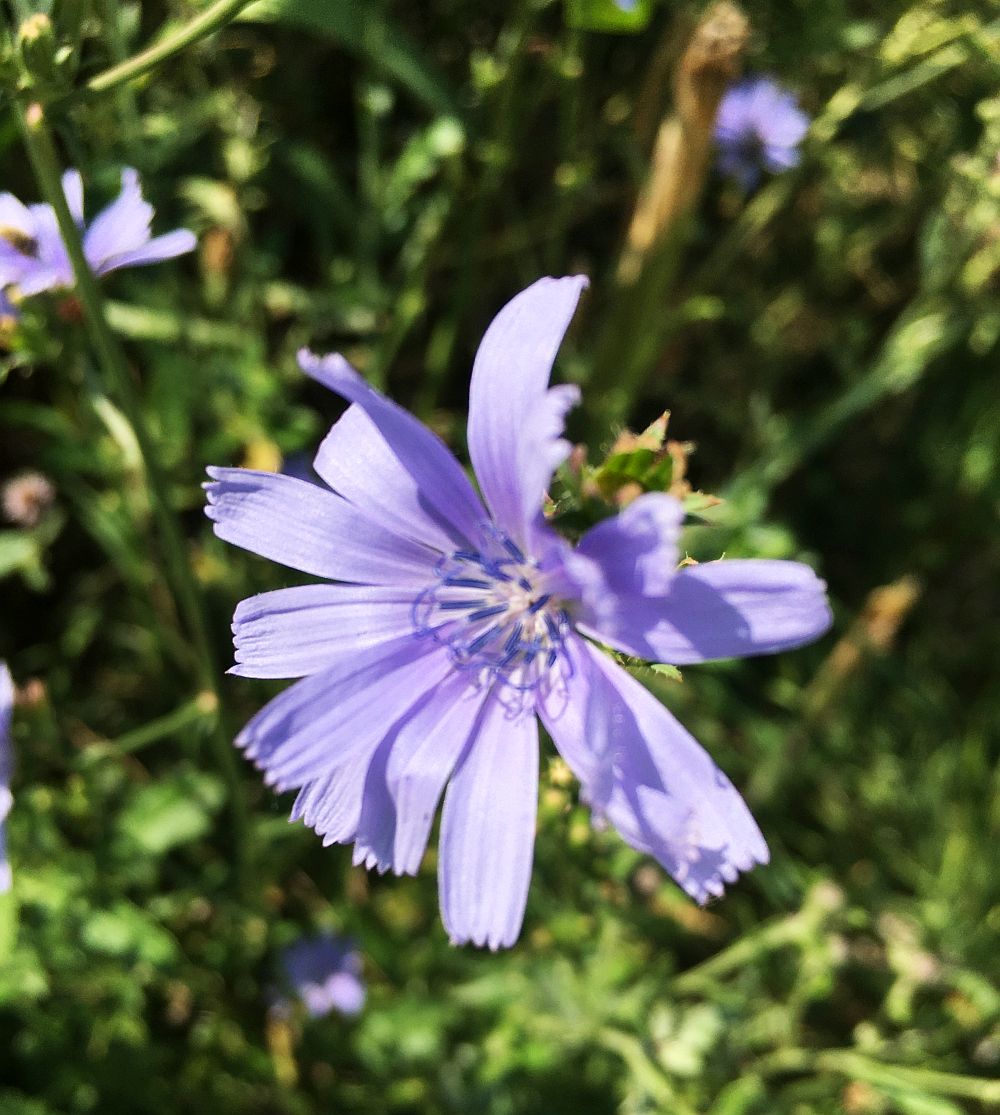
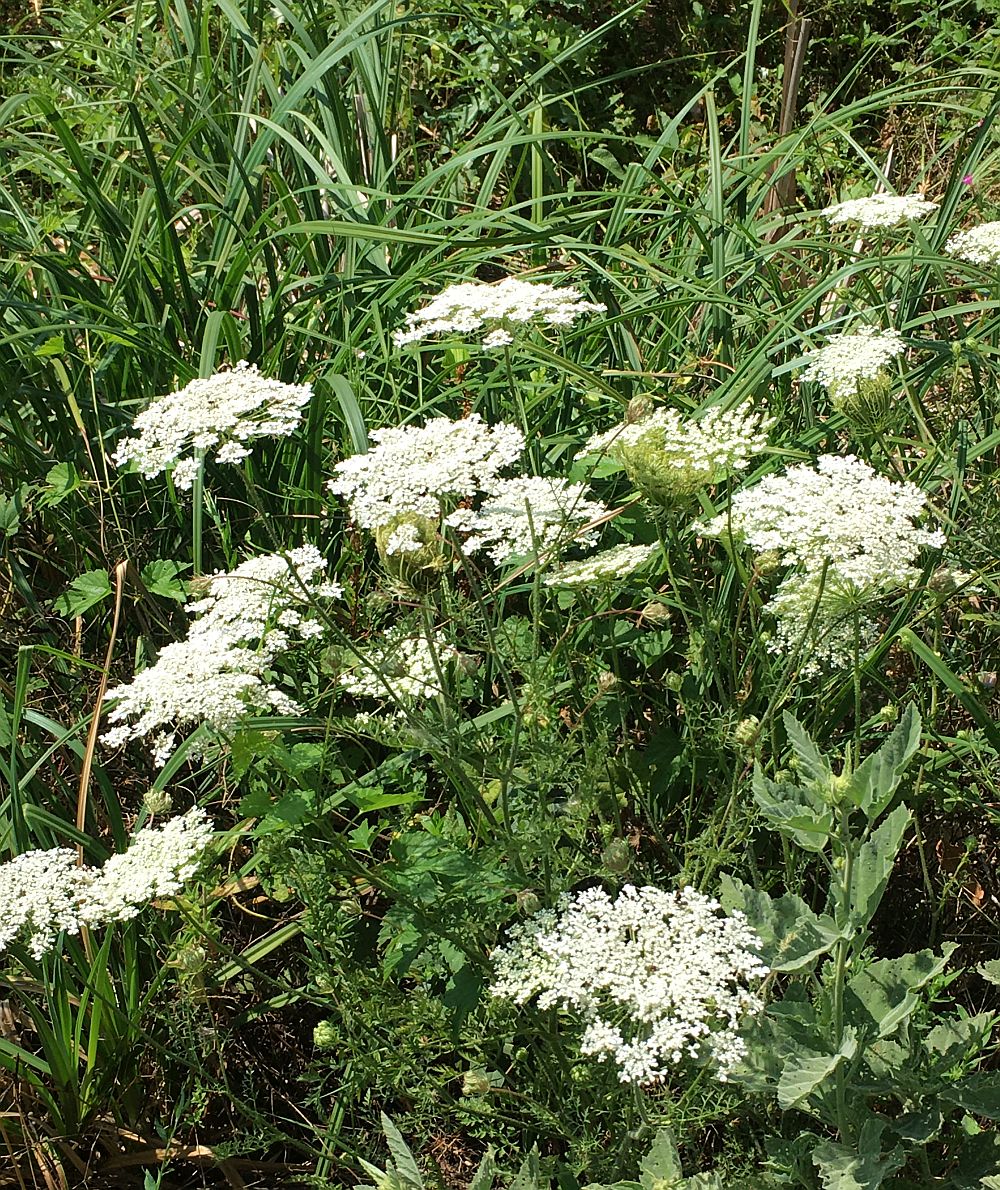
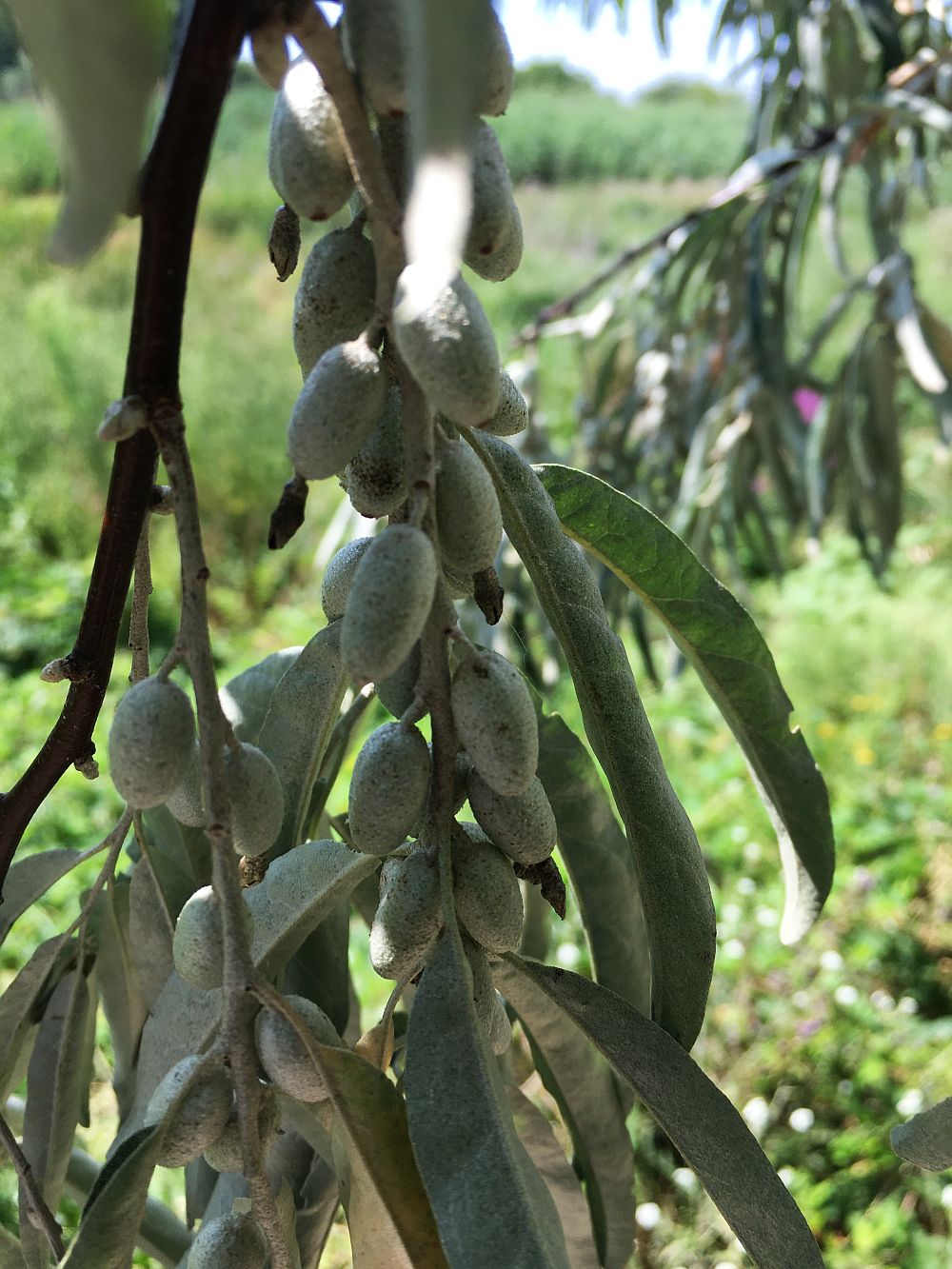
Thus, the huge land in the middle of Bucharest abandoned by engineers and the communist government in 1988 behind a concrete wall, after the artificial lake construction project had failed, built its own life and story, becoming a living and green gift given to the urban community.
The International Union for Conservation of Nature (IUCN) has clearly recognized the value of Vacaresti Park in terms of biodiversity and educational value, placing it as an extension over the natural parks of London and Berlin, as well as through the variety of its ecosystem: 331 species plants, 150 species of birds, 111 species of insects, 13 species of mammals, 12 species of mollusks, 7 species of fish, 5 species of reptiles and many more.
We chose to go down to the park through the main entrance, the one behind the Asmita Gardens complex and we went on the “Urban Biodiversity Path”, which is actually the first thematic route, reuniting most of the habitats. The route is about 2.5 kilometers and along the way we found numerous panels with images and information about the 7 thematic areas: birds of prey, waterfowl, fish and other living things that live in the water, the space dedicated to reptiles, amphibians and mammals, the area dedicated to the otter and the one related to the landscape and the trees.
The biodiversity of the ecosystem is felt at every step, because after the meadows with plain vegetation, the smell of small and brightly colored flowers, butterflies and bees swarming in joy, we entered the area of water, reeds and swamp, which again converges towards the plain area and again back to the ponds. The fact that the first half of the year was extremely dry, with little rain and almost no snow, is also felt in the park, the wetlands being much diminished compared to other years, the dry ones gaining more and more ground.
Vacaresti Natural Park is definitely a place to visit, having an intrinsic natural value, but, at the same time, a value for the community. The varied vegetation and natural richness ensure a cleaner and more unpolluted environment, by filtering the air, water, regulating the temperature, capturing rainwater, up to true social, cultural and educational services for the community.
Photo credits: Parcul Natural Vacaresti archive, Helmut Ignat, personal archive Ruxandra Chiurtu